new at 4 seasons
chinamigarden
13 years ago
Related Stories
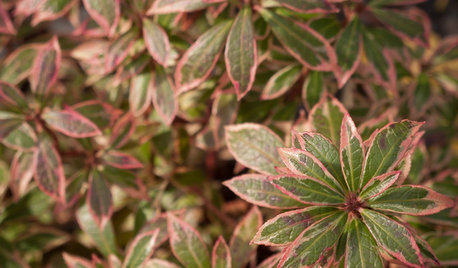
GARDENING GUIDESGreat Design Plant: Little Heath Andromeda Brings 4-Season Color
Rosiness in the cool months and fragrant white flowers in spring help make this shrub a winner — and hummingbirds love it too
Full Story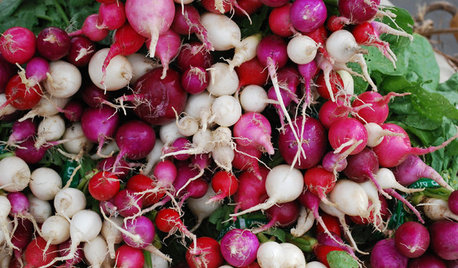
COOL-SEASON CROPSCool-Season Vegetables: How to Grow Radishes
Fast growing and bright, these easy-care veggies are great for kids and bring plentiful color to a fall or spring garden
Full Story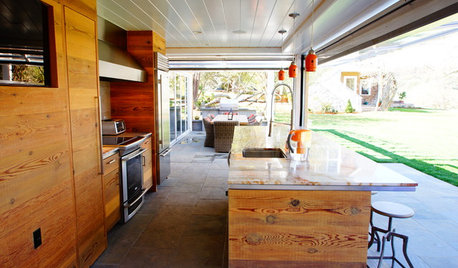
GARDENING AND LANDSCAPING3-Season Rooms: An Open and Shut Kitchen Case
Contained one minute and open to the outdoors the next, this California kitchen is decidedly versatile
Full Story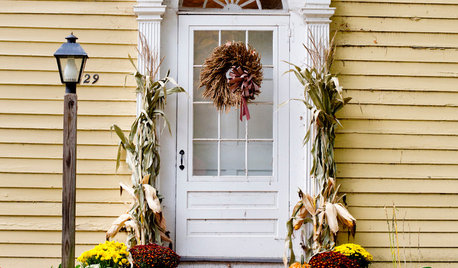
DECORATING GUIDESHouzz Call: Show Us Your Seasonal Decor
Grab your camera or camera phone and snap some well-lit shots of autumn style in your home
Full Story
GARDENING AND LANDSCAPING3-Season Rooms: Open-Air Living in a Guest Cottage Pavilion
Comfy furniture, a fireplace and a vaulted ceiling make dining and hanging out a joy in this California outdoor room
Full Story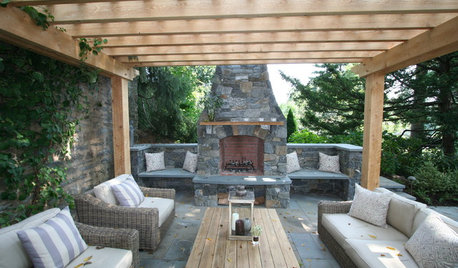
GARDENING AND LANDSCAPING3-Season Rooms: Fire Warms a Pergola-Covered Pennsylvania Patio
Amish-milled lumber and local bluestone set off a focal-point fireplace beautifully in this comfy outdoor living space
Full Story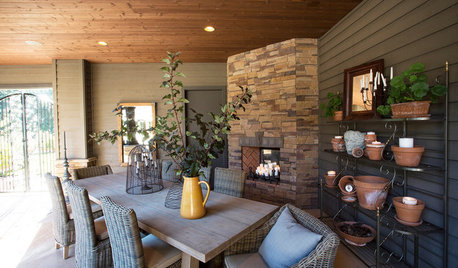
GARDENING AND LANDSCAPING3-Season Rooms: From Unused Space to Fab Outdoor Kitchen
Clean lines, a serious grill and even a Kegerator make this Oregon outdoor room a spring-to-fall joy
Full Story
COOL-SEASON CROPSCool-Season Vegetables: How to Grow Peas
Their sweetness isn't just for spring. Peas thrive in cool weather too, adding a garden-fresh note to soups, salads and more through fall
Full Story
HOUZZ TOURSHouzz Tour: Rolling With the Seasons in a New York Beach House
With plush sheepskins for winter and an airy vibe for summer, this Long Island home appeals all year round
Full Story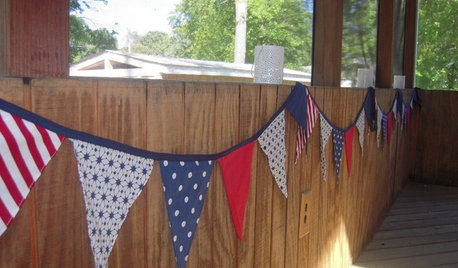
PRODUCT PICKSGuest Picks: Election Season
Exercise your right to decorate with these patriotic accents for your home
Full StorySponsored






catherine_nm
Related Professionals
Reading Landscape Architects & Landscape Designers · Gainesville Landscape Contractors · Canton Landscape Contractors · Clark Landscape Contractors · Dinuba Landscape Contractors · Florham Park Landscape Contractors · Northport Landscape Contractors · Rancho Santa Margarita Landscape Contractors · Whittier Landscape Contractors · Danbury Roofing & Gutters · Kyle Roofing & Gutters · Wichita Roofing & Gutters · Woodstock Roofing & Gutters · Roseville Swimming Pool Builders · Tucson Swimming Pool Builders